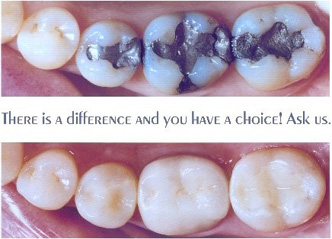Periodontal Charting
Dental and periodontal charting provide a graphic description of the conditions in a patient’s mouth, including caries (i.e., decay), restorations, missing or malposed teeth, clinical attachment levels, furcation (root) involvement, mobility, pocket depths, bleeding sites, and other deviations from normal. Other conditions that may be charted include erosion, abrasion, developmental anomalies and use of prostheses.
For a periodontal chart, the clinician measures and records pocket depths surrounding the teeth. In a healthy mouth, each tooth is surrounded by a free collar of marginal gingiva. At a depth of 0–3 millimeters, the gingiva is attached to the cementum, the surface of the tooth root. The surrounding 0–3 mm. space within the free collar is referred to as the sulcus. In an unhealthy condition, sulcus depths can be much greater because of loss of attachment and are referred to as periodontal pockets. After dental and periodontal charting, a patient is found to be in good dental health if there is no decay, no restorations or replacements are needed, and the patient’s periodontal pockets are between 0–3 mm with no bleeding or abnormal conditions. A prophylaxis (i.e., cleaning) is usually the only treatment prescribed. The patient is placed on recall at 3- to 12-month continued care intervals for routine, preventive, and oral health maintenance care.
Any decay found, however, calls for treatment by elimination of active disease, restoration, or extraction. Endodontics may be necessary to preserve a tooth. Crowns, bridgework, implants or dentures may also be indicated. If periodontal pockets deeper than 3 mm are found, they indicate the presence of periodontal disease, which must then be evaluated and treated appropriately.















